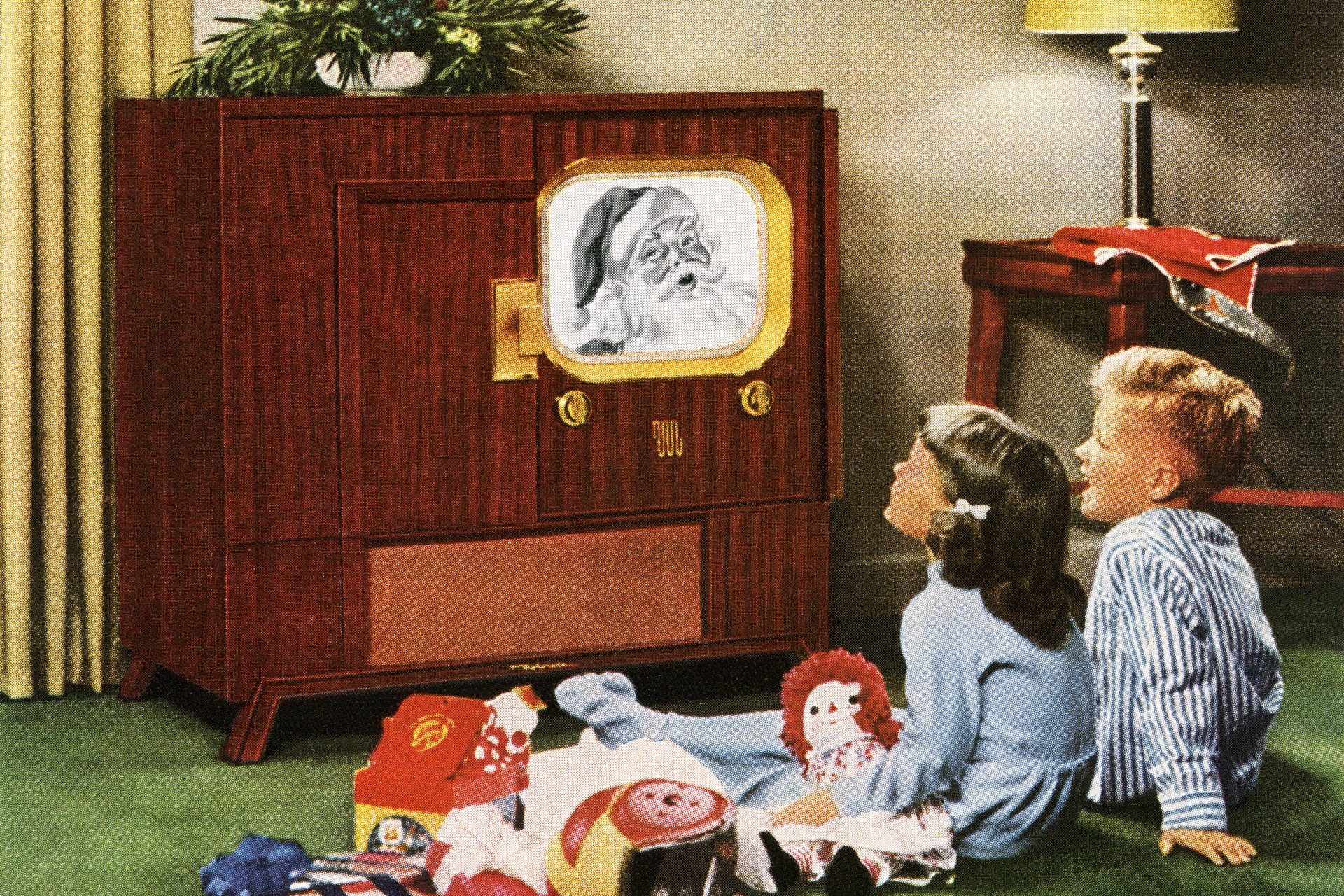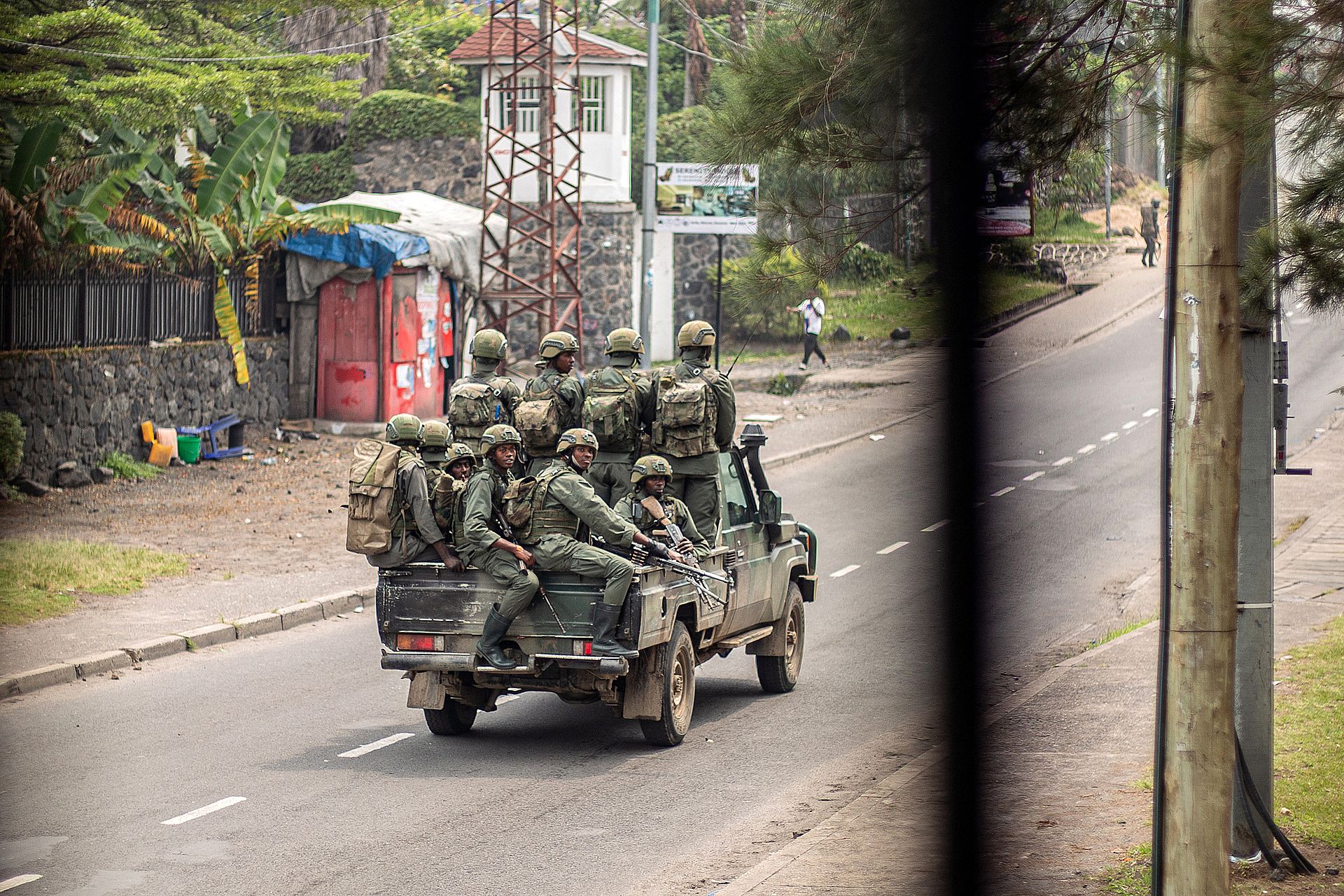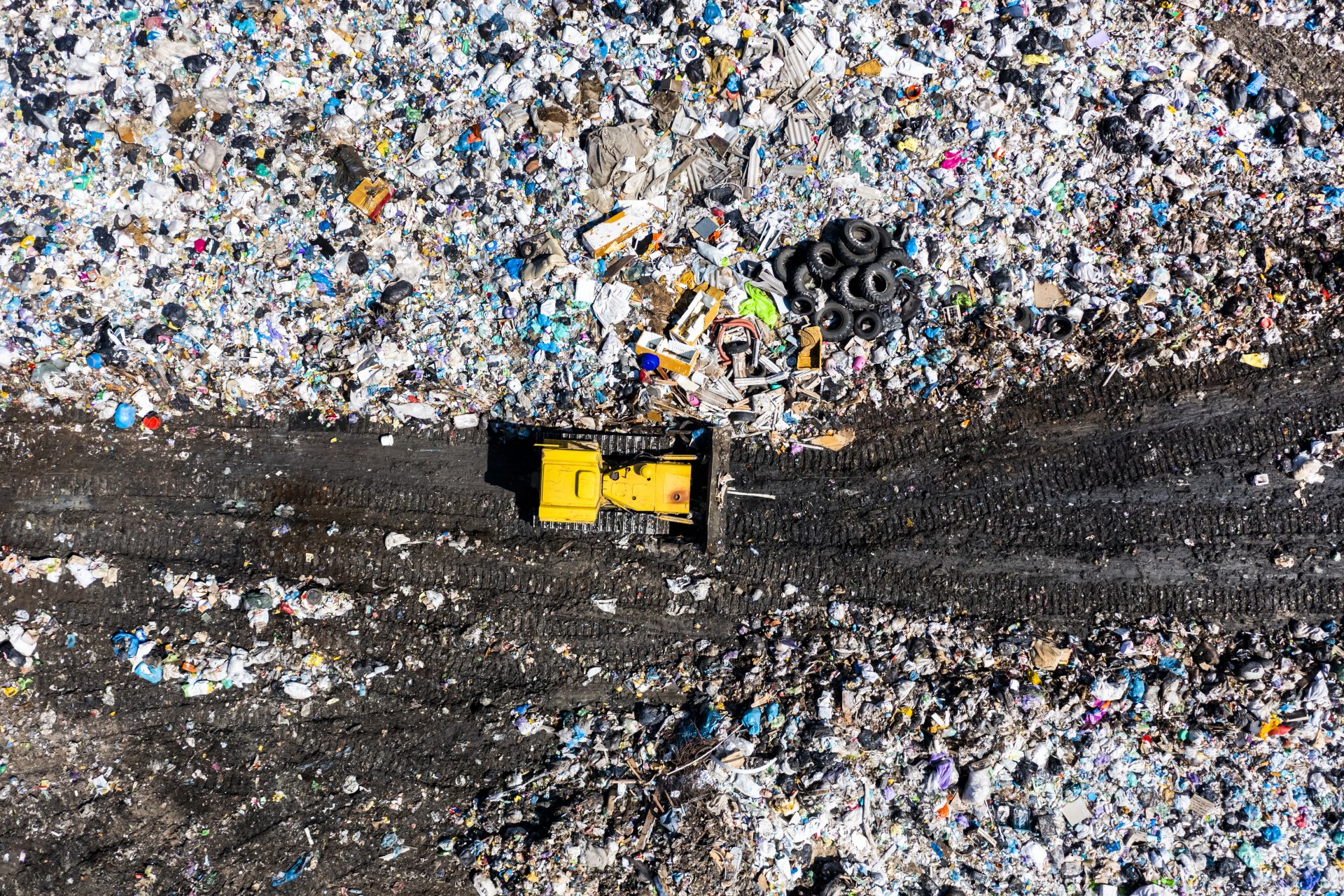When Santa brought uranium: the most dangerous toys in history
The older generation often reminisces about the "good old days," a time they believe was simpler and when children engaged in traditional forms of entertainment.
However, some of the toys that came out years ago were incredibly dangerous, and it is hard to imagine how they ever gained approval for sale to youngsters. Click on to read about some the most dangerous toys ever sold -you will be shocked!
Photo: By Tiia Monto, CC BY-SA 3.0
Parents love a good science-based toy; not only will their child have fun, but they will learn valuable skills at the same time. However, this chemistry kit from the 1950s would not make it to store shelves under any circumstances nowadays, and for good reason!
In the 1950s, people were fascinated by atomic energy, but this toy took that interest a little too far. The Gilbert U-238 Atomic Energy Lab offered kids a chance to learn about atomic energy and experiment with nuclear and chemical reactions using real radioactive material!
Photo: By Science History Institute, CC BY-SA 3.0
The set came with four types of actual uranium ore and, of course, a Geiger counter, despite the original promotions for the kit claiming that none of the materials were dangerous!
Fortunately, the kit did not sell well; however, not for the reason you might think! Parents were put off by the high price tag, as it sold for $49.50, which would be close to $600 dollars today!
If you were born in the 80s, you most likely played on a Slip N' Slide at some point during your childhood. The ads on TV were so enticing all the kids wanted one.
Photo: screenshot, YouTube
However, the Slip N' Slide might seem a lot safer to play with compared to performing nuclear experiments,but it has caused some pretty horrendous injuries over the years.
The Slip N' Slide was designed for the use of children, NOT adults. However, many teens and playful adults couldn't resist trying out the wet slide. The added weight and height of teenagers and grownups meant that they often stopped suddenly, causing permanent spinal cord injuries.
In 1999, WHAM-O was forced to recall 9 million slides after one teenager, and seven adults suffered paralysis or severe neck injuries.
Photo: By Imokurnotok (talk) - self-made, Public Domain
One would think that in modern times toy manufacturers would take more care when looking at the substances that are used in children's toys. However, that was not the case with the CSI: Fingerprint Kit and the CSI: Forensics Lab Kit.
Photo: YouTube@dailypinkslip
These toys, which were released in 2007, were popular with kids who wanted to play detective and dust for prints and then blow all that dust away (inhaling plenty in the process). Little did parents know that the CSI kits contained a form of asbestos in the fingerprint powder!
Photo: YouTube@curiosidadesconmike
However, an investigation led by the Environmental Working Group found that the fingerprint powder in the kits contained as much as 7% of tremolite, one the most fatal forms of asbestos.
A one-time exposure to tremolite is linked with developing lung disease and mesothelioma years or decades later. Fortunately, the toys were banned from sale, and a class action settlement was reached in 2009.
The concept of the 1950s lawn darts is good: throw giant darts through the air and try to get them inside a target on the grass. Good clean fun the whole family can enjoy, right? However, back in the 50s, the concept of safety testing wasn't really a thing, or else the inventor might have thought twice before releasing this game to the public.
The darts used in the game were extremely sharp and weighted, so when you threw them, they would stick into the ground. Inviting kids to throw giant pointy things around quickly proved to be a bad idea.
After thousands of injuries, in 1970, the FDA classified the game as a mechanical hazard, but the game was slightly revised and continued to be sold.
Photo: YouTube@YoPaul
However, after several deaths due to lawn darts accidents, and in particular the death of a 7-year-old girl in 1987, who died after a lawn dart thrown by her brother penetrated her skull, the game was eventually banned from sale in North America by 1988. Nonetheless, a revised soft-tip lawn darts game can still be found on store shelves.
Photo: By U.S. Consumer Product Safety Commission - Public Domain
Toy creators seemed to think that kids were pretty much invincible in the 1950s! Kids had access to toys like the Red Ryder BB Gun, with which you could easily blind someone, and the Mattel Belt Buckle Deringer, which shot plastic bullets covered in metal...yikes!
However, one toy really takes the cake when it comes to dangerous toy guns from the 50s, the Austin Magic Pistol. This futuristic toy gun looked innocent enough. After all, it only shot ping-pong balls, seemingly much safer than a lot of the toy guns on the market at the time.
Photo: Geo G. Wiki Fandom
However, there was one major problem with the Austin Magic Pistol: "magic crystals" were used to create the concussive force to make the balls go flying.
But those magic crystals were actually simple calcium carbide, a material that, when mixed with water or any liquid (even saliva), will expand after it turns to acetylene gas, then explode. So if the toy gun got wet, it would explode!
Photo: YouTube
More for you
Top Stories



































